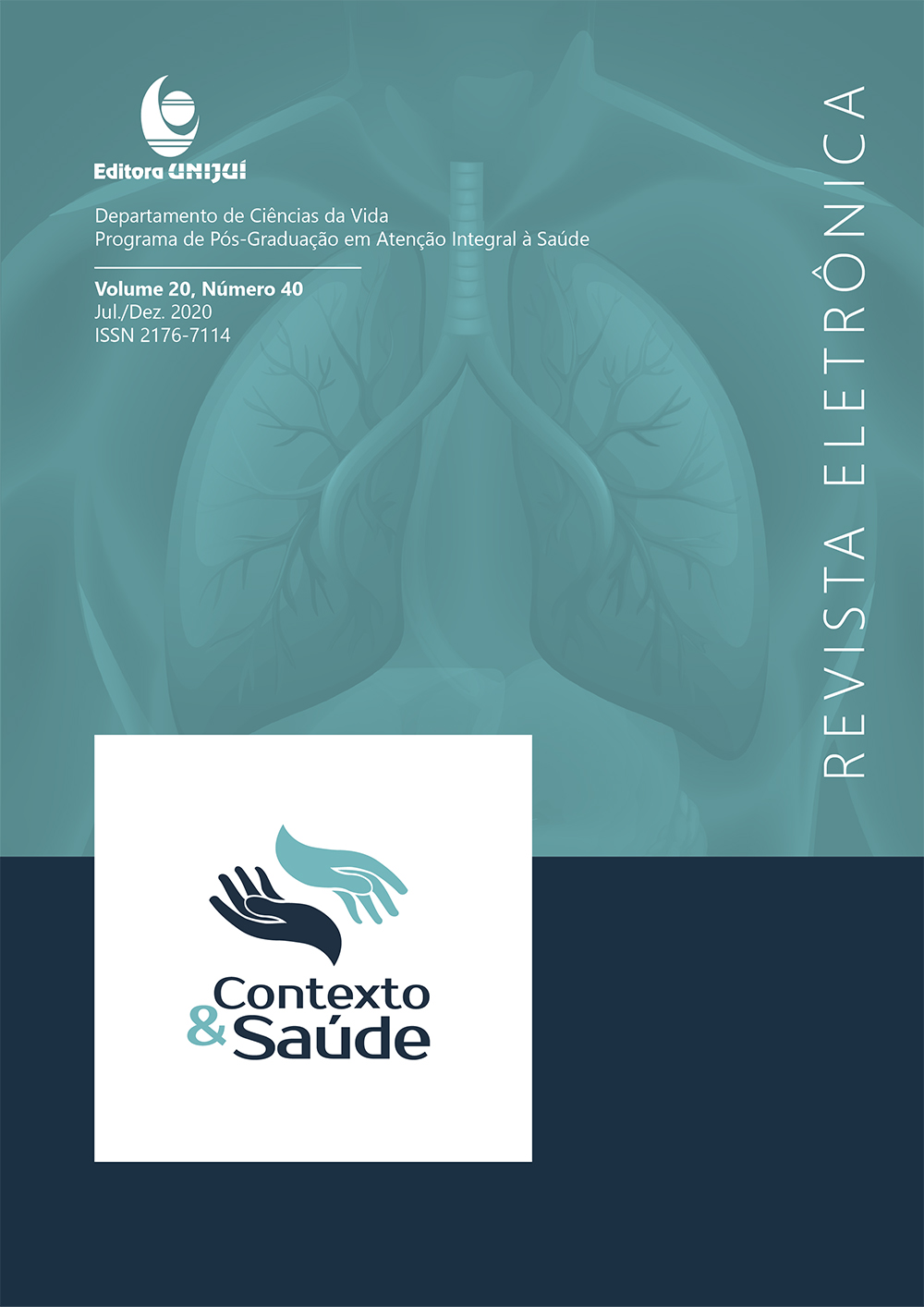ANÁLISE DE MATERIAIS EDUCATIVOS SOBRE PREVENÇÃO DE SUICÍDIO: TIPOS DE CONTEÚDOS
DOI:
https://doi.org/10.21527/2176-7114.2020.40.149-156Palavras-chave:
suicídio, educação em saúde, responsabilidade social.Resumo
A publicidade em saúde com teor educativo manifesta-se como matéria prima para promoção e prevenção da saúde e seus agravos. Nesse contexto, os materiais produzidos na campanha “Setembro Amarelo” objetivam a instrução sobre condutas fundamentais em casos de apresentação de sinais de alerta para o risco da ideação e tentativa suicida. Por compreender a importância de tais orientações para familiares e profissionais, este trabalho pauta-se na análise qualitativa dos tipos de conteúdo presentes em dois desses materiais. Dessa maneira, averiguou-se a assertividade entre a escolha dos tipos de conteúdo utilizada, que podem ser factuais, conceituais, procedimentais e atitudinais, e sua efetividade no combate ao suicídio. Cada um desses conteúdos, em conjunto ou isoladamente, trazem consigo certo grau de profundidade capaz de sensibilizar e tornar possível a internalização de boas práticas, como escuta qualificada pelos profissionais da saúde e a detecção familiar precoce de situações de risco aumentado de autoviolência pré-anunciada pelo desejo cometer suicídio. Portanto é imprescindível que a elaboração dos materiais de prevenção ao suicídio seja embasada no conhecimento das teorias dos conteúdos de Antoni Zabala.
Downloads
Publicado
Como Citar
Edição
Seção
Licença
Ao publicar na Revista Contexto & Saúde, os autores concordam com os seguintes termos:
Os trabalhos seguem a licença Creative Commons Atribuição 4.0 Internacional (CC BY 4.0), que permite:
Compartilhar — copiar e redistribuir o material em qualquer meio ou formato;
Adaptar — remixar, transformar e criar a partir do material para qualquer fim, inclusive comercial.
Essas permissões são irrevogáveis, desde que respeitados os seguintes termos:
Atribuição — os autores devem ser devidamente creditados, com link para a licença e indicação de eventuais alterações realizadas.
Sem restrições adicionais — não podem ser aplicadas condições legais ou tecnológicas que restrinjam o uso permitido pela licença.
Avisos:
A licença não se aplica a elementos em domínio público ou cobertos por exceções legais.
A licença não garante todos os direitos necessários para usos específicos (ex.: direitos de imagem, privacidade ou morais).
A revista não se responsabiliza pelas opiniões expressas nos artigos, que são de exclusiva responsabilidade dos autores. O Editor, com o apoio do Comitê Editorial, reserva-se o direito de sugerir ou solicitar modificações quando necessário.
Somente serão aceitos artigos científicos originais, com resultados de pesquisas de interesse que não tenham sido publicados nem submetidos simultaneamente a outro periódico com o mesmo objetivo.
A menção a marcas comerciais ou produtos específicos destina-se apenas à identificação, sem qualquer vínculo promocional por parte dos autores ou da revista.
Contrato de Licença (para artigos publicados a partir de setembro/2025): Os autores mantém os direitos autorais sobre seu artigo, e concedem à Revista Contexto & Saúde o direito de primeira publicação.

